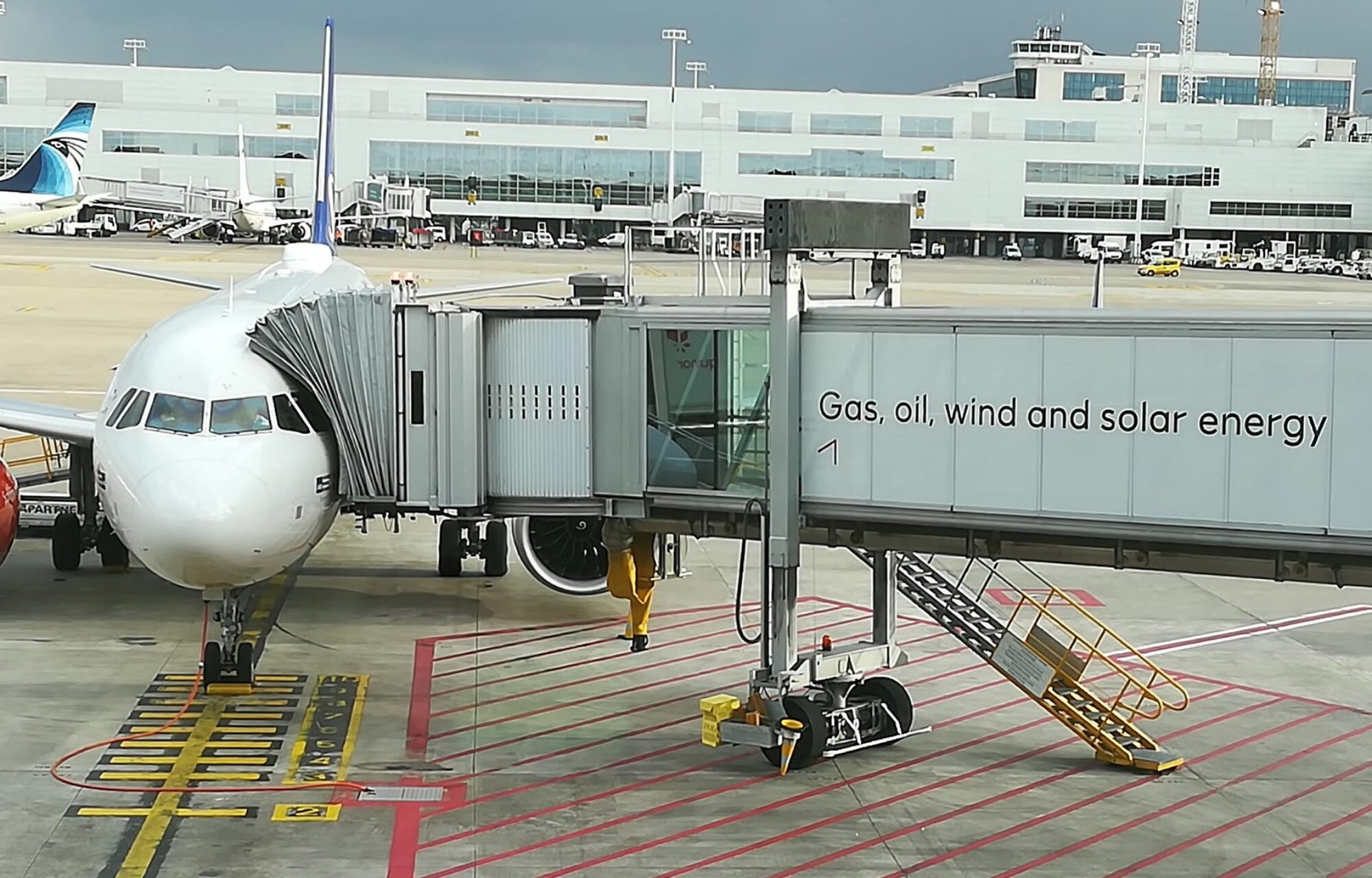Establishing aviation’s CO2 emissions
1. Measurements
All airlines of EU ETS member states keep already a record of their fuel bills. They are charged for every metric ton of kerosene that is estimated to produce an equivalent of 3.15 tons of CO2.
2. Flight distance
Fuel bills of airlines from outside the EU ETS member states are not available for verification. However, these airlines can be charged accuratelyby distance flown, (great circle distance between departure and destination airport). Deviations due to favourable or unfavourable winds will equalise as the vast majority of these flights are return flights. Fuel consumptions per types can be inferred from publicly available information of aircraft manufacturers. This allows an accurate assumption about the amount of emitted CO2, see: Aircraft Fuel Consumption – Estimation and Visualisation, by Marcus Burzlaw, Aircraft Design and Systems Group (AERO) Department of Automotive and Aeronautical Engineering Hamburg University of Applied Science
3. Safeguarding a level playing field by giving airlines a choice
EU ETS member airlines may opt to be charged on route distance too for their flights outside the EU ETS. Similarly, non EU ETS member airlines may opt to declare their fuel bills for more a accurate emission calculation. In this way, EU ETS and non EU ETS airlines have access to the same CO2 regulation and can therefore compete on a level playing field without unfair competition.
